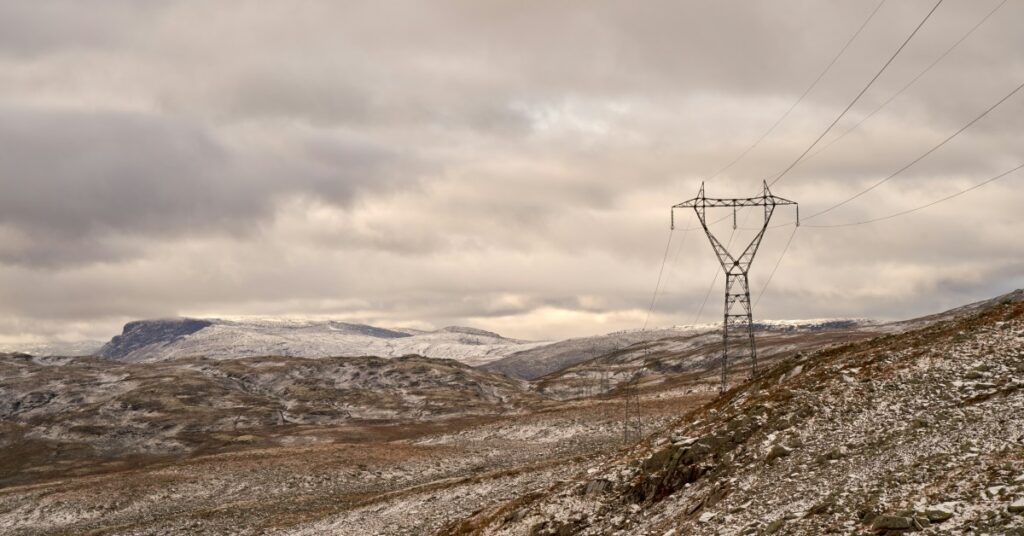As the world increasingly adopts renewable energy sources like solar and wind, maintaining power grid stability during fluctuations in energy production becomes critical. The Nordic countries – Sweden, Norway, Denmark, and Finland – have created one of the most connected and cooperative power grids globally. This network not only ensures reliable electricity but also serves as a model for how countries can work together to improve energy security and sustainability.
The Interconnected Nordic Power Grid
Sweden, Norway, Denmark, and Finland have integrated their power grids through high-voltage transmission lines and interconnectors. Together, they form a synchronous grid operating at 50 Hz. These alternating current (AC) connections allow the countries to transfer electricity, share resources, and balance supply and demand across borders. By managing renewable energy fluctuations efficiently, the Nordic grid ensures that surplus energy goes where it’s needed.
Expanding Beyond the Nordics
The Nordic power grid also connects to the broader European grid through direct current (DC) links with Germany, Lithuania, and Poland. These connections integrate the Nordic grid with Europe’s larger electricity network. DC links are necessary because of the frequency differences between the Nordic grid and other European grids. This wider integration enhances energy security and allows the export of surplus renewable energy. As a result, it contributes to a stronger and more flexible European power system.
Cooperation and Energy Trading
The Nordic grid is managed by transmission system operators (TSOs) in each country: Svenska Kraftnät in Sweden, Statnett in Norway, Energinet in Denmark, and Fingrid in Finland. These TSOs work together closely to maintain grid stability, optimize energy use, and facilitate cross-border trading. This collaboration is a key part of the region’s energy strategy. It allows efficient energy management and supports the integration of renewable sources into the grid.
Key Aspects of Nordic Cooperation
Shared Energy Resources
The Nordic countries benefit from a diverse energy mix. Norway relies on hydroelectric power. Sweden has both nuclear and hydroelectric capacity. Denmark excels in wind energy, while Finland uses a combination of nuclear, hydro, and thermal power. By sharing these resources, the region can optimize energy production, reduce reliance on fossil fuels, and strengthen energy security.
Balancing Supply and Demand
The interconnected grid constantly balances supply and demand across the region. For example, when Denmark produces extra wind power, the surplus flows to Sweden or Norway. Conversely, during low renewable energy production, Denmark imports hydroelectric power from Norway. This dynamic exchange ensures electricity is always available where it’s needed. It also improves grid stability and efficiency.
Electricity Market Integration
The Nordic countries operate a well-integrated electricity market through the Nord Pool power exchange. This market makes it easier to trade electricity across borders. It ensures that energy flows to high-demand areas at competitive prices. This integration not only supports the development of renewable energy but also encourages investment in new projects.
Grid Stability and Frequency Regulation
Maintaining grid stability is a shared responsibility among the Nordic countries. The interconnected grid allows them to coordinate frequency regulation. This ensures a stable power supply during periods of high demand or unexpected outages. Such collaboration helps prevent blackouts and maintains a reliable electricity supply. The shared dependency within the Nordic grid increases its resilience. Countries can support each other during energy shortages, technical failures, or extreme weather events.
The Nordics: A Blueprint for Regional Grid Cooperation
The Nordic power grid is a leading example of regional cooperation. It shows how countries can work together to enhance energy security and optimize resources. By collaborating, the Nordic countries are helping to create a more sustainable future. Their interconnected grid equips them to handle modern energy challenges, including integrating more renewable energy and keeping the grid stable.
As the global energy landscape shifts toward regional cooperation, the Nordic model provides valuable insights. It shows how to build a resilient, sustainable, and interconnected power system. This approach supports the transition to a low-carbon economy and offers a roadmap for other regions aiming to improve energy security and sustainability through cross-border collaboration.
